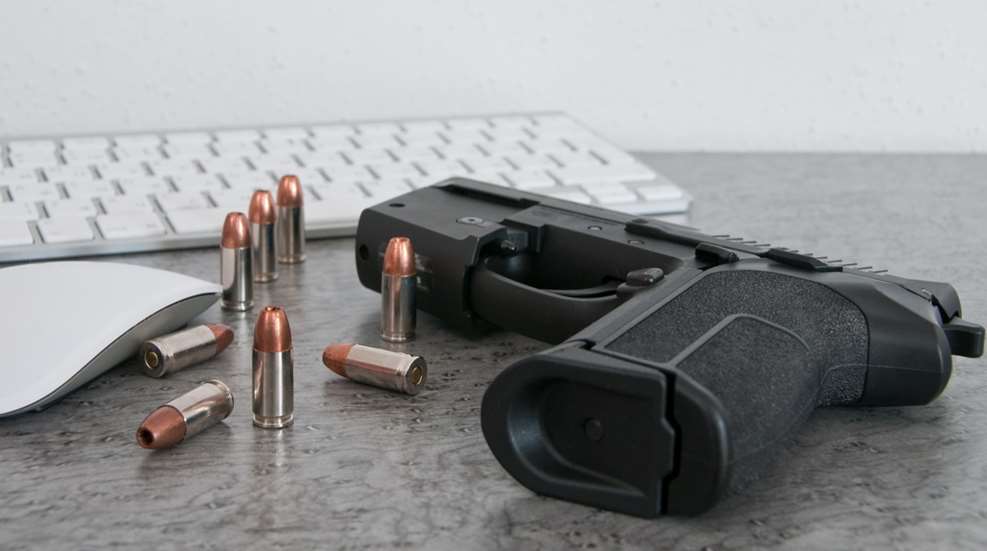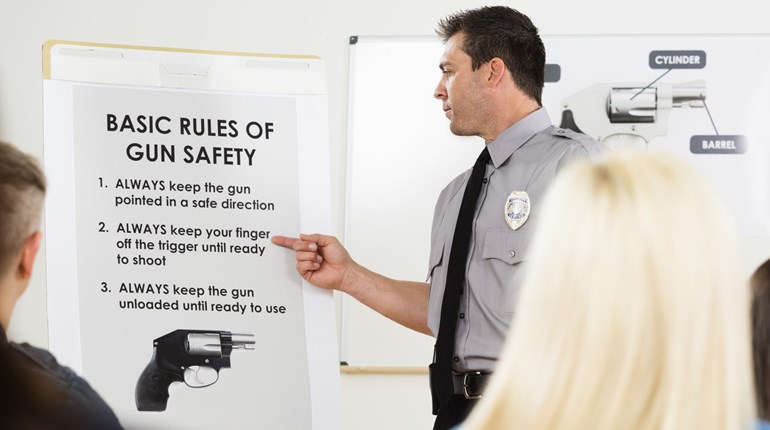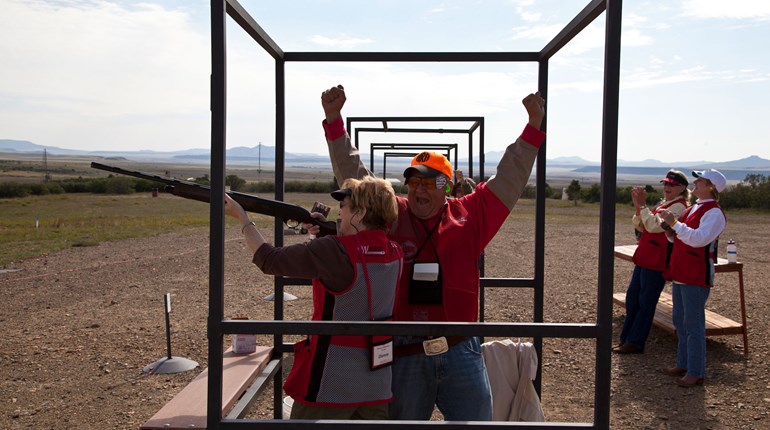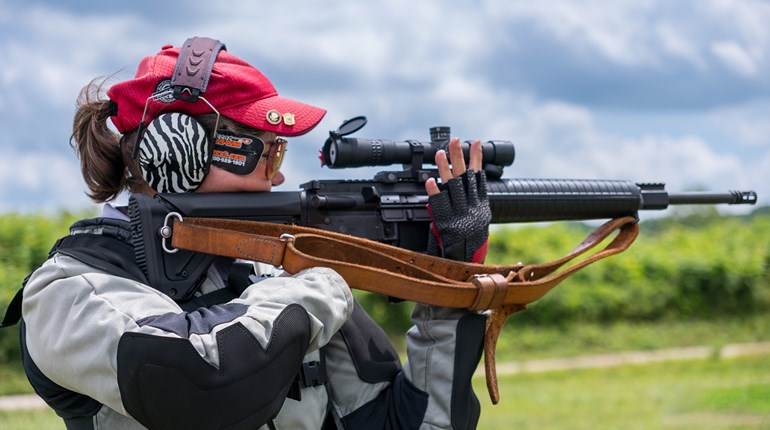
“The pen is mightier than the sword,” goes the saying, and the meaning is obvious: Words have greater power and influence than implements of force. Whether or not you agree with that saying, you must admit that it has taken powerful hold in our culture. There’s no easier way to prove that than to point out how easy and popular it is for women to publicly support the First Amendment … and how fraught it can be to do the same for the Second.
One interesting fact about this cliché—“The pen is mightier than the sword”—is that it’s actually not all that old. It first appeared in print in the mid-Nineteenth century, long after our Founding Fathers wrote the Bill of Rights. It would seem to mirror the order in which those rights are enumerated: First, speech; Second, private ownership of arms.
That wouldn’t be exactly the truth, though. The First Amendment is a 45-word-long phrase, covering not only speech, but freedom of religion and the right to assembly. The Second Amendment, on the other hand, consists of 27 tight, very specific words. And yet, curiously enough, the Second Amendment seems to be the only one among all of the enumerated rights that is as maligned, misunderstood and sometimes maliciously targeted.
Things get curiouser and curiouser as we take a long look at the historical context of the Second Amendment. It addresses “arms,” which at the time would have included swords as well as muzzleloading firearms, cannons and whatever else a private citizen could purchase or make … actually relatively simple around the time of the Revolutionary War.
At the time the First Amendment was written, however, distributing controversial or unpopular speech was relatively difficult. It was certainly so compared to today, when anyone’s idle thought can go from one brain to billions with the click of a key. (Whether or not it should have done so doesn’t ever seem to be considered, but I digress.)
Here’s another very popular cliché that, no doubt, you NRA Women readers have heard a time or twenty: “The Founding Fathers never could have foreseen semi-auto rifles or magazine-fed handguns—that’s why the Second Amendment doesn’t apply to them!” In response, I would like to present this episode of American Rifleman TV, which features a muzzleloading flintlock rifle capable of firing 16 shots without reloading. It dates from the mid-Sixteenth century. Then there is this fully automatic muzzleloading machine gun designed by Leonardo da Vinci. The Founding Fathers were extremely cosmopolitan, well-read people with deep backgrounds in classical literature; it would be absurd to suggest that they couldn’t have known about these things that existed centuries before they wrote the Bill of Rights. (With, might I add, a quill pen dipped in ink.)
It doesn’t really matter whether we’re discussing pens and swords, or their modern equivalent, pixels and pistols. They are both the physical expression of American freedom. Sometimes all you need to defend your freedom is a well-spoken word. Sometimes you need a firearm. Should the cliched expression that the pen is mightier than the sword go the way of the rest of Bulwer-Lytton’s work? Maybe, but the question that nobody seems to be asking is this: If the pen is truly mightier than the sword, why are we being asked to beat our “swords” into plowshares?
Over at NRA-ILA, you can leverage those pixels in defense of the Second Amendment exactly as the Founding Fathers intended. Click here to take action.















































